You would think that after the First World War that young people wouldn’t rush to war again, but when in 1936 the Spanish Civil War started a lot of the left wing types you might suspect of being conscientious objectors went off to stand against fascism.
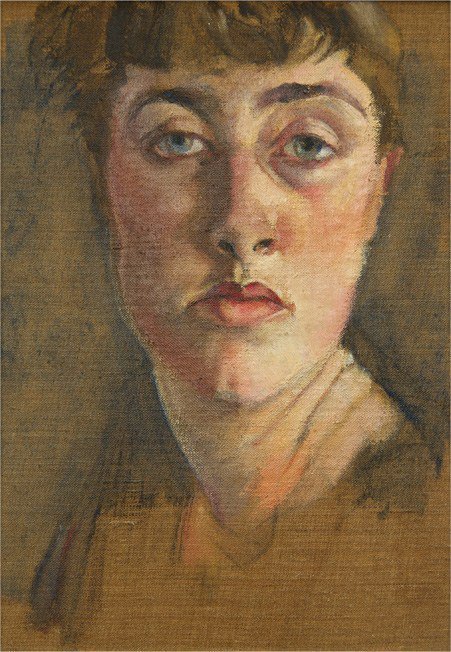
The son of Bloomsbury’s Clive and Vanessa Bell went off to Spain in 1937. Julian Bell wished to fight against Franco in the International Brigade in Spain, but his Aunt Virginia Woolf and his parents both persuaded him he would be safer and more use as an Ambulance Driver with the Spanish Medical Aid. Julian died after being hit by Shrapnel 18 July 1937 months after arriving.
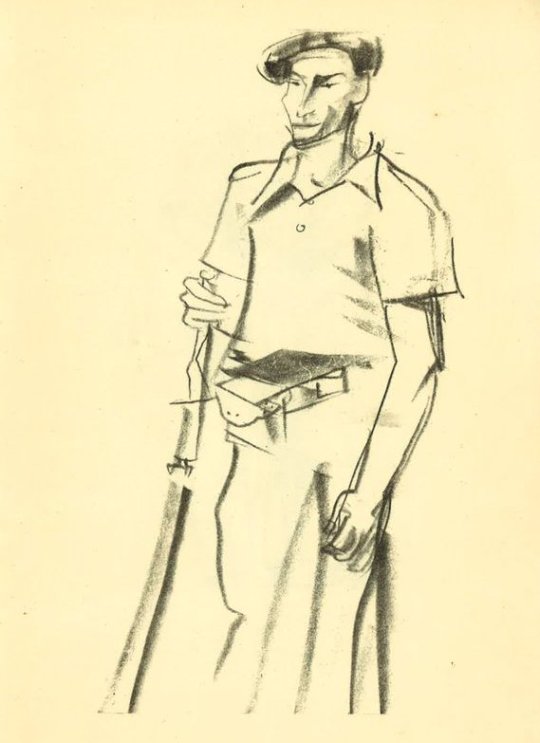
The artists that remained in Britain would hold auctions or art exhibitions of works to raise funds or go on anti-fascist marches. It all reminds me of Marghanita Laski’s ‘Love on the Supertax’. Felicia Brown went off to Spain and died there.
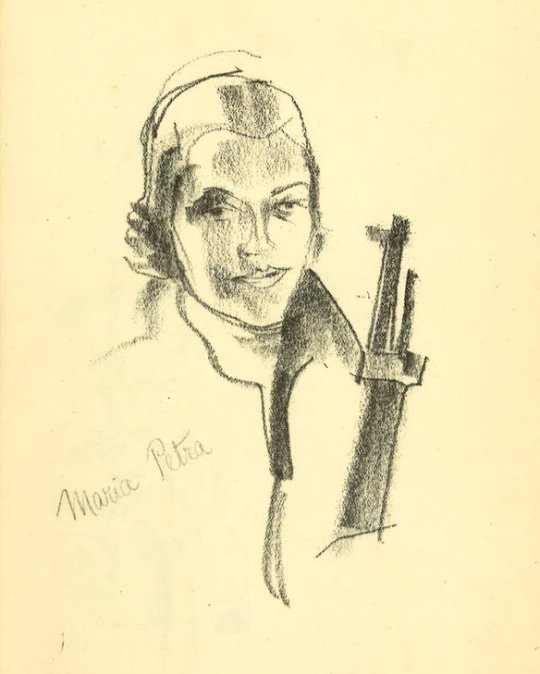
Felicia Browne was born to well-to-do parents in the London suburbs in 1904. She took various courses at the Slade School of Fine Art in London between 1921 and 1928. Then she went to Germany to study sculpture. Historian Tom Buchanan writes* that she witnessed the rise of Nazism in Berlin, and may have taken part in anti-fascist street fighting. She returned to Britain in the early 1930s and in 1933 joined the Communist Party.
She travelled by car to Spain via Paris with her friend, Edith Bone. They arrived in Barcelona just days before Franco’s attempted coup of 18 July 1936. The people rose up to defend the Popular Front government and Felicia Browne was immediately caught up in those heady days.
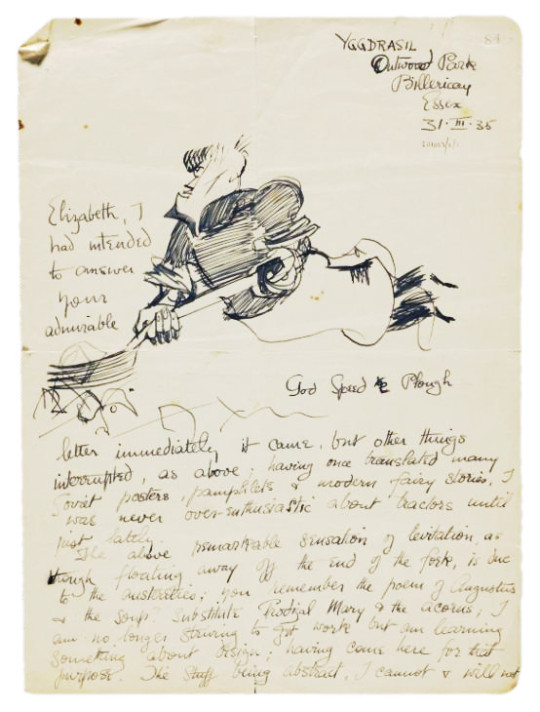
During her brief time in Spain, Felicia Browne sketched other members of the militia, local people and the scenes around her. Following her death, these and other sketches were exhibited in London in October 1936. A selection of them were later published by Lawrence & Wishart, using as a preface Felicia Browne’s letter to Elizabeth Watson. They have frequently been reproduced to illustrate books on the Spanish Civil War.
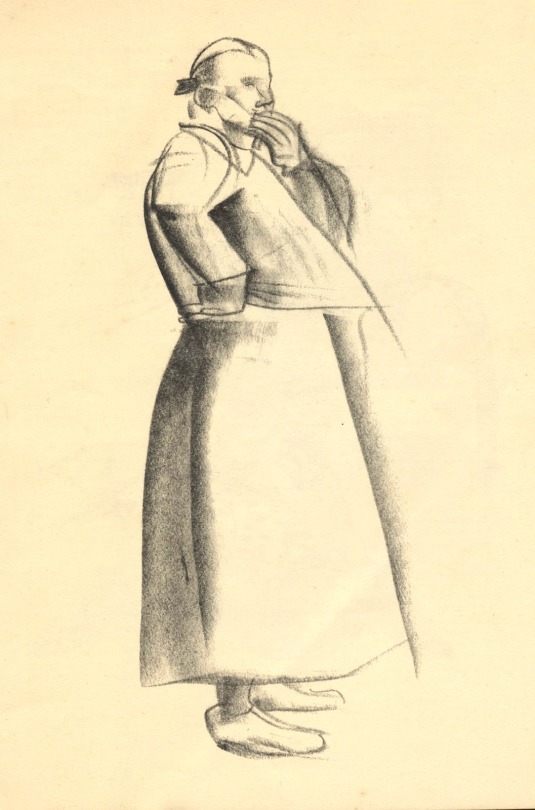
After trying unsuccessfully to enter the medical services, she volunteered to join the PSUC (Catalan communist) militia, the Karl Marx, heading for Aragon to defend the Republic. They made their headquarters in the small but strategically important town of Tardienta. It was situated near to the railway line from Zaragoza to Huesca, which took vital supplies to the rebel forces. An aqueduct that carried water supplies to the enemy also passed through the town.
When the Karl Marx militia arrived in Tardienta, other militia columns were already billeted there. Several small-scale exchanges of fire took place on 14 and 15 August 1936 between forces of the Columna del Barrio, which included Dutch miliciana and machine-gunner Fanny Schoonheyt, and the rebels.
Felicia Browne’s militia attempted to sabotage the railway line. In a surprise attack by fascist forces that greatly outnumbered them, an Italian miliciano was wounded. Felicia went to his rescue and both were cut down by machine-gun fire and killed, probably on 22 August 1936. †
Drawings by Felicia Browne, 1936.
† Felicia Browne: The first British casualty in Spain
Tom Buchanan – The Impact of the Spanish Civil War on Britain. Eastbourne: Sussex Academic Press